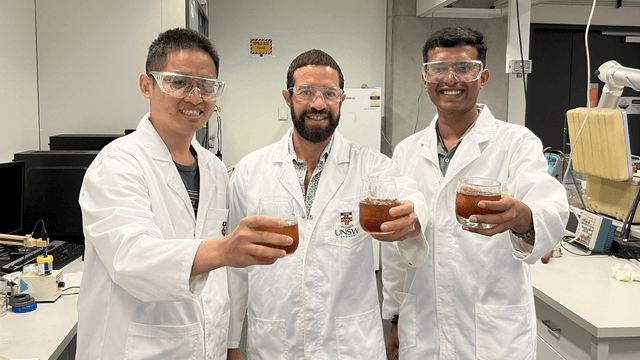A Nanotechnology Breakthrough
Recent advances in practical applications of nanotechnology reveal an astounding truth: nanotechnology is here to stay and its application will transform every scientific field and industry it comes in contact with. When you begin to build by the atom huge efficiencies can be realized.
Take the recent announcement by David Wendell and Vikram Kapoor of the University of Cincinnati in the American Chemical Association’s journal “Nano Letters”: newly developed solar powered nano filters remove antibiotics from water in lakes and rivers twice as efficiently as current technology. This is achieved using the same mechanism used by bacteria to repel antibiotics.
Scrubbing Water With Naonfilters
The human use of antibiotics in hospitals and homes results in inadvertent pollution of waterways with traces of these substances. This leads to the emergence of antibiotic resistant bacteria and harms friendly microbes, degrades water environments and upsets food chains. Antibiotics in water affect the endocrine system of fish, birds and humans.
The current method for removing these contaminants is activated carbon filters which are used in municipal sewage plants but are moderately effective at best. Wendall & Kapoor have developed a method for inverting the mechanism that allows bacteria to survive contact with antibiotics by pumping them out of the cell before damage occurs. Wendall and Kapoor have switched this mechanism so the system pumps anti-bodies into the bacteria’s vesicles.
The scientists use solar powered antibiotic nanospheres, each smaller than the diameter of a human hair. These nanofilters float downstream capturing harmful compounds in water in the process. Each nanoparticle contains a protein pump called “ArcB” which is a “selective garbage disposal for bacteria.” The report states:
The bacterial protein system has a number of advantages over present filtration technology:
- The operation of the new filtering technology is powered by direct sunlight vs. the energy-intensive needs for the operation of a standard activated carbon filter.
- The filtering technology also allows for antibiotic recycling. After these new nano filters have absorbed antibiotics from surface water, the filters could be extracted from the water and processed to release the drugs, allowing them to be reused. On the other hand, carbon filters are regenerated by heating to several hundred degrees, which burns off the antibiotic residue.
- The new protein filters are highly selective. Currently, used activated carbon filters serve as “catch alls,” filtering a wide variety of contaminants. That means that they become clogged more quickly with natural organic matter found in rivers and lakes.






